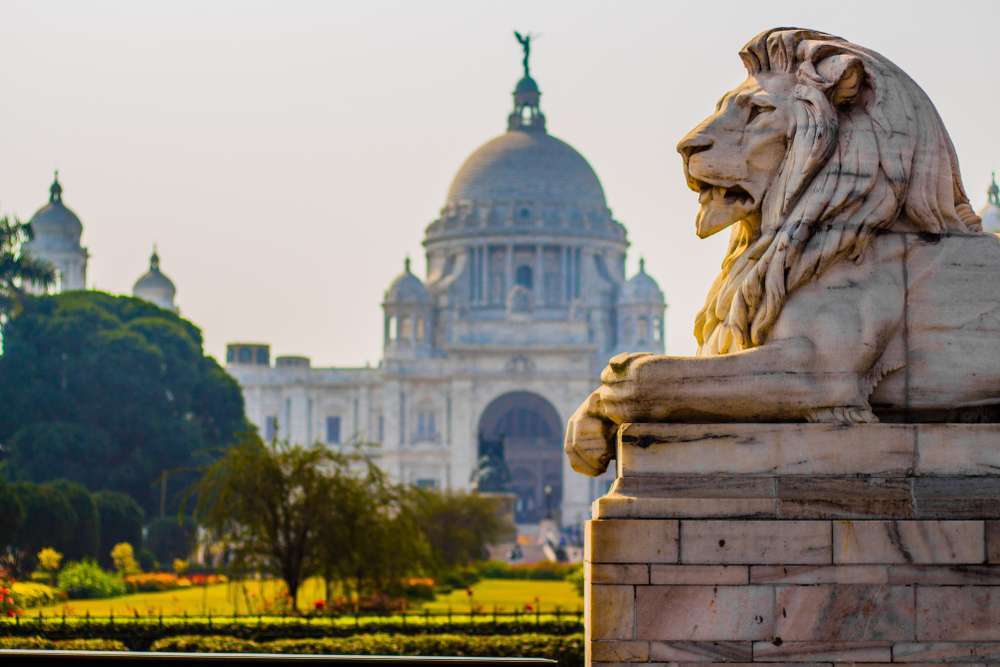India, with its rich history spanning thousands of years, is home to numerous historical sites that showcase the cultural diversity and architectural brilliance of ancient civilizations. From the majestic forts of Rajasthan to the intricate temples of South India, these historical sites are invaluable treasures that provide a window into the past. However, over time, many of these sites have faced the ravages of nature, vandalism, and neglect. To safeguard this cultural legacy for future generations, dedicated restoration efforts have been undertaken at various historical sites across India. In this article, we explore the commendable initiatives aimed at preserving India’s heritage through meticulous restoration and conservation.
INDIAN VISA FOR ALBANIA CITIZENS
The Taj Mahal, Agra
The iconic Taj Mahal, a UNESCO World Heritage site, stands as a symbol of eternal love and architectural brilliance. Over the years, this marble mausoleum had been affected by air pollution, environmental factors, and an influx of visitors. Recognizing its significance, the Archaeological Survey of India (ASI) initiated a comprehensive restoration program. The delicate marble inlays and exquisite calligraphy were meticulously restored, and measures were taken to control pollution in the vicinity to protect the monument from further deterioration.
Hampi, Karnataka
Hampi, the UNESCO-listed ancient city in Karnataka, boasts an awe-inspiring collection of well-preserved ruins dating back to the Vijayanagara Empire. Despite facing the brunt of time and neglect, restoration projects have been carried out to revive its architectural marvels. The ASI, along with UNESCO and other organizations, has been actively involved in restoring the intricate stone carvings, temples, and other structures at Hampi. This conservation effort has contributed significantly to the revival of this historical site’s splendor.
Qutub Minar, Delhi
The Qutub Minar, a UNESCO World Heritage site in Delhi, is a soaring victory tower that has withstood the test of time since the 12th century. However, due to various factors like weathering, pollution, and inadequate maintenance, parts of the monument were showing signs of deterioration. The ASI launched a comprehensive restoration project, which involved repairing the intricate carvings, reinforcing the minaret’s structural stability, and implementing preventive measures to protect it from further environmental damage.
Ajanta and Ellora Caves, Maharashtra
The Ajanta and Ellora Caves, UNESCO World Heritage sites, showcase ancient rock-cut architecture and stunning mural paintings. With the passage of time, these caves were prone to natural deterioration and human-induced harm. The ASI, along with other conservation bodies, has undertaken extensive restoration work to preserve the delicate murals and sculptures. Efforts include humidity control, monitoring visitor footfall, and using non-invasive methods to clean and restore the artwork.
Fatehpur Sikri, Uttar Pradesh
Fatehpur Sikri, a magnificent Mughal city near Agra, is celebrated for its stunning architecture and historical significance. To safeguard this UNESCO World Heritage site, restoration efforts have been carried out by the ASI and other organizations. This includes conservation of the beautiful red sandstone structures, such as the Buland Darwaza and the Panch Mahal, ensuring their stability and protection for future generations.
INDIAN VISA FOR MEXICO CITIZENS
Konark Sun Temple, Odisha
The Konark Sun Temple, a UNESCO World Heritage site in Odisha, is an architectural marvel dedicated to the Sun God. Harsh weather conditions and natural calamities have taken a toll on this 13th-century temple. To prevent further deterioration, restoration efforts have been initiated, with a focus on structural stabilization and conservation of the intricate stone carvings. The objective is to preserve its grandeur and historical significance for posterity.
Conclusion
Preserving India’s historical sites is a testament to our commitment to safeguarding our cultural heritage and providing future generations with a glimpse into the past. The concerted restoration efforts undertaken by the Archaeological Survey of India and other organizations have played a vital role in protecting these invaluable treasures from irreversible damage. However, it is essential to recognize the significance of responsible tourism, public awareness, and continuous monitoring to ensure the sustainable preservation of these historical sites. By nurturing and respecting our heritage, we can collectively contribute to maintaining the rich tapestry of India’s history and cultural diversity for centuries to come.
More articles: Trade Winds Of Turkey: Business Opportunities In The Crossroads Of Continents
